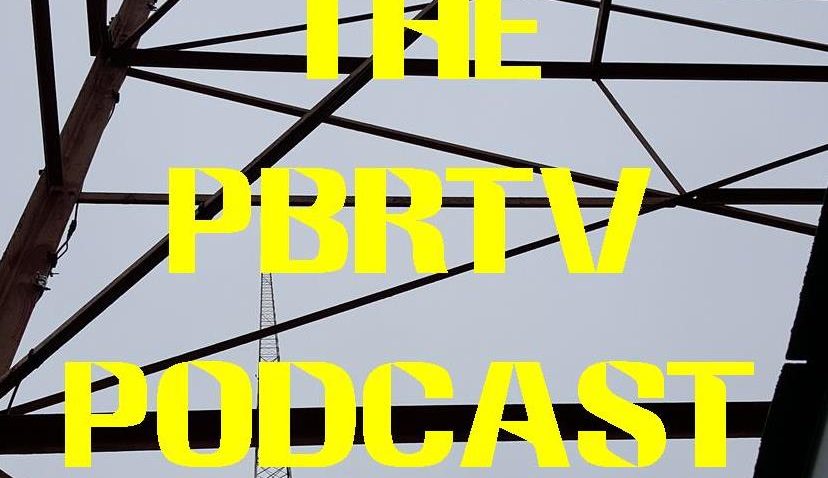Free TV in jeopardy?
December 29, 2009
National networks and local TV affiliates have found themselves needing to push for new revenue sources to pay for programming. Over the years Cable TV and the Internet have soaked up the ad dollars that once went directly to television and the recession hasn’t helped much. Local channels and networks might begin charging more fees to cable and satellite carriers and the networks may go so far as to drop their local affiliates choosing instead to operate as a cable channel. And the lack of income for the cable companies means the expense will be passed on to the consumer.
Rupert Murdoch, owner of News Corp. and Fox told shareholders this fall that programming is expensive and can no longer be supported by ad revenue alone. Fox therefore is making its strategy public warning broadcasts could disappear as early as Friday for Time Warner Cable subscribers unless the company pays Fox higher fees for carrying the Fox-owned channels.
And things could get interesting as Comcast prepares to take control of NBC. As of now, there are no plans to end free broadcasts on NBC, but Jeff Zucker who runs the network and sister cable channels, told his investors that “the cable model is just superior to the broadcast model.”
Historically, the network pays the affiliates to air the programming, but those fees have gone done as local stations have seen audiences shrink. That money mainly comes from advertising. Meanwhile, the cable channels make their money by charging the “pay-TV” providers a monthly fee – per subscriber – for their programming. Many channels make a few cents per subscriber, but some of the more highly rated channels can bring in a few dollars. Channels like ESPN have seen a significant increase in revenue over the last decade allowing them to bid for events that usually aired on the regular networks. (Think Monday Night Football.) All this in addition to ad revenue has allowed cable channels to be more recession-proof while local over-the-air stations have had to cut staff and face financial woes.
Local stations and networks have been able to follow this model since 1994 when the FCC approved the move, but not all stations went that route and instead charged more to advertisers based on the increased audience cable and satellite services gave. Thusly we’ve seen some intense debates on agreements between affiliates and cable providers such as in 2007 when Sinclair Broadcast Group pulled its signals from Mediacom Communications – a provider for small cities – for nearly a month. Similar threats occurred locally between Sinclair (owner of WPGH-TV and WPMY-TV) and Dish Network in recent years. But could it be that broadcasters have started the transition too late? Dave Lougee, president of Gannett Co.’s broadcast wing thinks so. He tells the Associated Press, “broadcasters were late to the game in really starting to go after the fair market value of their signals.”
Meanwhile, some networks want a chunk from the affiliates’ incomes since, after all, it’s their programming that is used to base the fees the affiliate charges the cable company. That’s wher, in time, we may see the network-affiliate relationship go down the tubes forcing local stations to become independent. Any transition, though, would take years to finalize.

